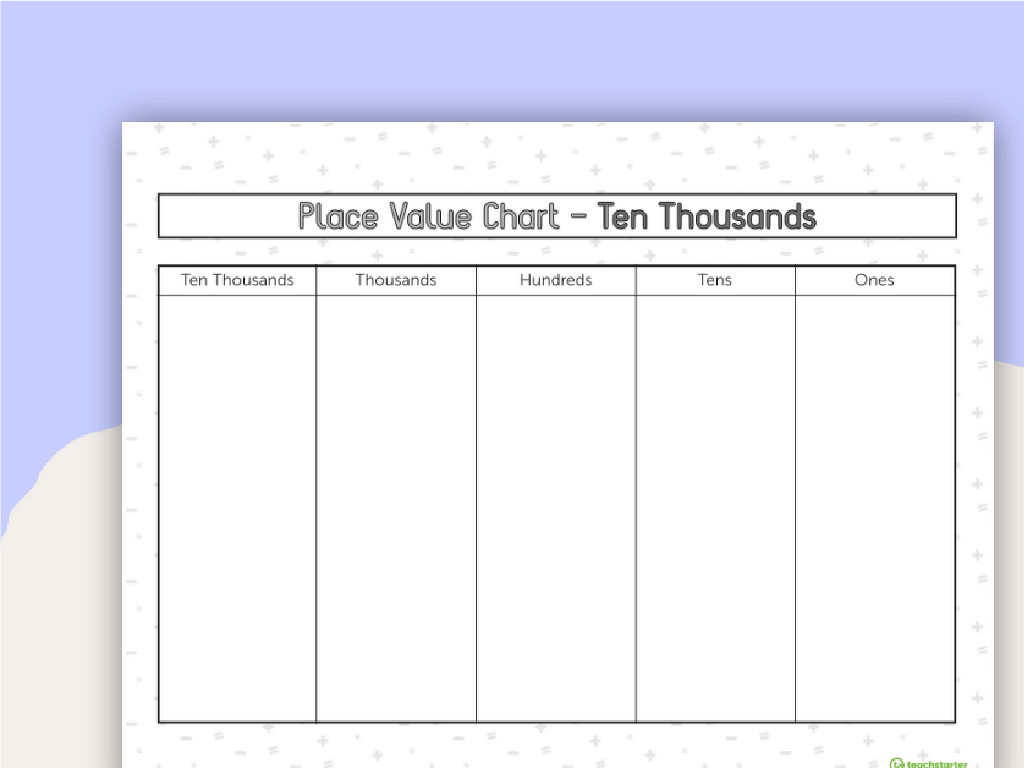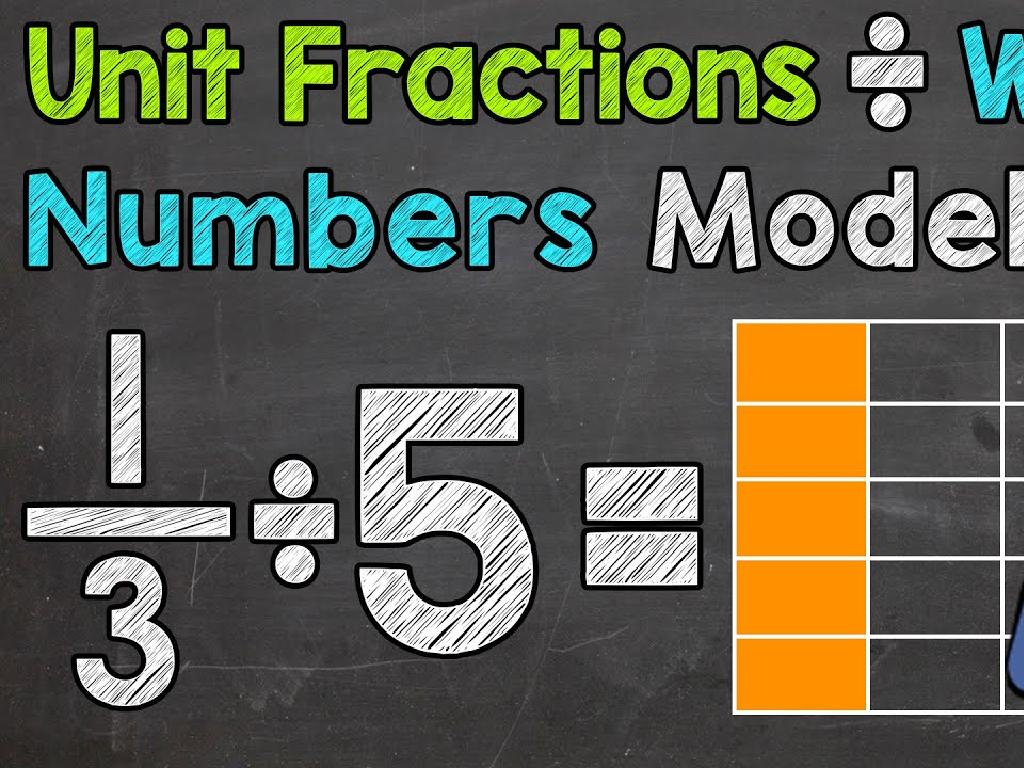Subtract Two-Digit Numbers
Subject: Math
Grade: Second grade
Topic: Subtraction: Two Digits
Please LOG IN to download the presentation. Access is available to registered users only.
View More Content
Welcome to Subtraction!
– Learn to subtract two-digit numbers
– Subtraction finds the remaining amount
– If you have 53 apples and give away 28, how many do you have left?
– Understand subtraction with examples
– Example: 45 – 29. Think of it as taking 29 away from 45.
– Engage with a question about subtraction
– Can you think of a time you used subtraction?
|
This slide introduces the concept of subtraction of two-digit numbers to second graders. Begin by explaining that subtraction is a way to find out how many things are left after some are taken away. Use relatable examples, such as subtracting smaller quantities of items like apples, to illustrate the concept. Encourage the students to think of subtraction as ‘taking away’ and ask them to share their own experiences with subtraction to make the lesson interactive. This will help them connect the concept to real-life situations and understand the practical applications of subtraction. The goal is to ensure students are comfortable with the idea of subtraction before moving on to the mechanics of subtracting two-digit numbers.
Understanding Two-Digit Numbers
– Reviewing two-digit numbers
– Two-digit numbers range from 10 to 99
– Tens place and ones place
– The first digit is the tens, the second is the ones
– Example: Number 53
– In 53, ‘5’ is 5 tens (50), and ‘3’ is 3 ones (3)
|
This slide is aimed at helping second-grade students grasp the concept of two-digit numbers, which is essential for understanding subtraction of such numbers. Begin by reviewing what two-digit numbers are, emphasizing that they consist of a tens place and a ones place. Use visual aids like blocks or drawings to represent the tens and ones. For example, show that the number 53 is made up of 5 tens (which is 50) and 3 ones. Encourage students to practice identifying the tens and ones in different two-digit numbers to solidify their understanding.
Subtracting Without Regrouping
– Start with easy subtraction
– Example: 42 – 15 = ?
– No borrowing needed, subtract 5 from 2
– Subtract ones place first
– If ones place of first number is bigger, subtract directly
– Then subtract tens place
– After ones, subtract tens place numbers
|
This slide introduces students to the concept of subtraction without regrouping, which is a simpler form of subtraction where borrowing is not necessary. Start by explaining that if the ones place in the first number is larger, they can subtract the second number’s ones place from the first directly. Then, move on to subtracting the tens place. Use the example 42 – 15 to illustrate this concept: subtract 5 from 2 in the ones place, and then 1 from 4 in the tens place. Encourage students to practice with similar problems and ensure they understand that regrouping is not needed for these types of subtraction problems.
Subtracting With Regrouping
– Borrow from the tens place
– Regrouping explained
When a number in the ones place is too small to subtract, we borrow 1 from the tens place.
– Example: 54 – 29
54 has 4 ones and we need to subtract 9 ones. We regroup by borrowing 1 ten to make 14 ones.
– Step-by-step regrouping
After regrouping, subtract the ones place, then the tens. 14 – 9 = 5, and 4 tens – 2 tens – 1 borrowed ten = 1 ten.
|
This slide introduces the concept of regrouping, a key skill in subtraction when dealing with two-digit numbers. Regrouping is necessary when the digit in the ones place of the top number is smaller than the one we are subtracting from it. In such cases, we ‘borrow’ from the tens place. The example provided, 54 – 29, illustrates a scenario where regrouping is required. Walk the students through the process step-by-step, ensuring they understand that after borrowing, they must subtract both the ones and the tens places. Emphasize the importance of lining up the numbers correctly and remind them to subtract the borrowed ten from the tens place. Practice with additional examples to reinforce the concept.
Subtraction Practice: Two-Digit Numbers
– Solve 63 minus 47
– What is 63 – 47? Use place value to subtract.
– Solve 75 minus 28
– Can you find out 75 – 28? Remember to subtract ones first.
|
This slide is designed for interactive practice with the class. Begin by working through Example 1 together, breaking it down into tens and ones to simplify the process. Encourage students to think about the place value of each digit. For Example 2, guide them to subtract the ones place first and then the tens, ensuring they understand the concept of borrowing if necessary. Allow students to attempt the problems on their own first, then discuss the solutions as a class. Provide additional similar problems if time allows, and ensure to praise effort and correct reasoning as well as correct answers.
Subtraction Tricks: Mastering Two-Digit Numbers
– Start at the ones place
– Begin subtracting from the rightmost digits
– Regroup with care
– If the ones place is smaller, borrow from the tens
– Check by adding
– Add the smaller number to your answer; does it match the big number?
– Practice makes perfect
|
This slide is aimed at helping second-grade students understand the process of subtracting two-digit numbers. Emphasize the importance of starting from the ones place, as this is the foundation of subtraction. When the top number in the ones place is smaller than the bottom number, teach them to ‘borrow’ from the tens place. This may also be referred to as ‘regrouping’. After subtracting, students should verify their answers by adding the subtracted number to the result to see if it matches the original larger number. Encourage lots of practice with different problems to build confidence and proficiency.
Class Activity: Subtraction Bingo
– Let’s play Subtraction Bingo!
– Receive your bingo card with numbers
– Listen for subtraction problems
– Mark answers on your bingo card
|
This interactive activity is designed to help second-grade students practice and reinforce their skills in subtracting two-digit numbers. Distribute bingo cards with a variety of two-digit numbers to each student. Call out subtraction problems that the students must solve in their heads or on scratch paper. If a student has the answer on their bingo card, they mark it. The first student to mark five answers in a row horizontally, vertically, or diagonally wins the game. Prepare a set of subtraction problems in advance, ensuring a mix of difficulty levels. Have small prizes or rewards for winners to motivate participation. This activity not only makes learning subtraction fun but also encourages mental math and listening skills.
Great Work on Subtraction!
– Congratulations on learning subtraction!
– Homework: 10 subtraction problems
– Use the worksheet to practice more
– Practice regrouping
– Remember to borrow from the next digit if needed
– Double-check your answers
– Review your work to avoid mistakes
|
This slide wraps up the lesson on subtracting two-digit numbers and transitions students to independent practice through homework. The worksheet provided should reinforce the day’s learning, with a focus on regrouping, which is a crucial skill when subtracting larger numbers. Encourage students to take their time with each problem and to always review their answers for accuracy. Remind them that making mistakes is okay and part of the learning process, but checking their work helps them learn from those mistakes. In the next class, we can review the homework together, addressing any common errors or misconceptions.






